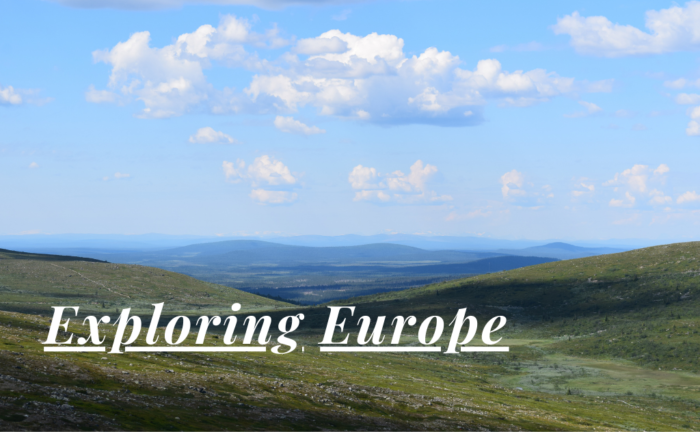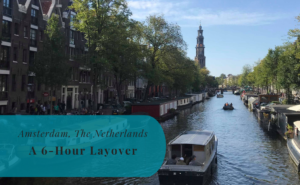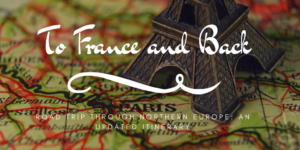Amsterdam is the capital and largest city of the Netherlands. This is “Venice of the North”, a city famous for its many canals. Well, it is one of over 30 cities in Northern Europe that have used the reference to Venice. The city is located in the Dutch province of North Holland, at the former mouth of the Amstel River. The city and its large port are today instead located at the shores of the manmade lake Markermeer, or rather the neighboring lake IJmeer. It is the canal Noordzeekanaal that today provides access to the oceans. That is the reality for the around 921.000 inhabitants that are well-known for their biking culture.
Our Visit to Amsterdam
We visited Amsterdam in September of 2019. It was during a layover at Schiphol Airport that we took the opportunity to explore the city before our adventure continued in Canada.
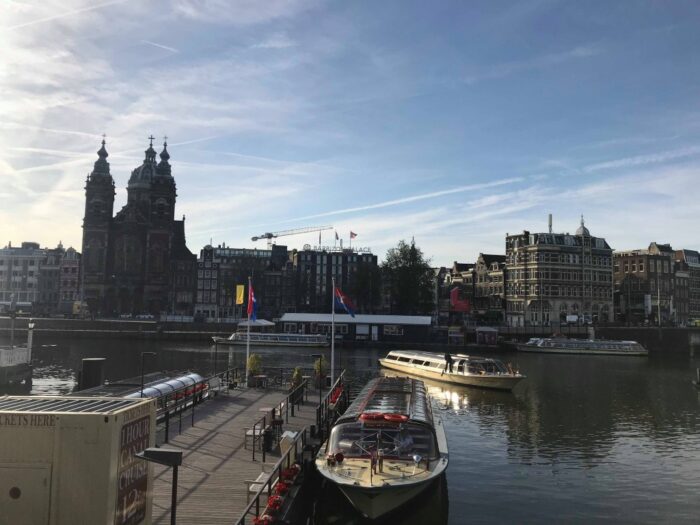

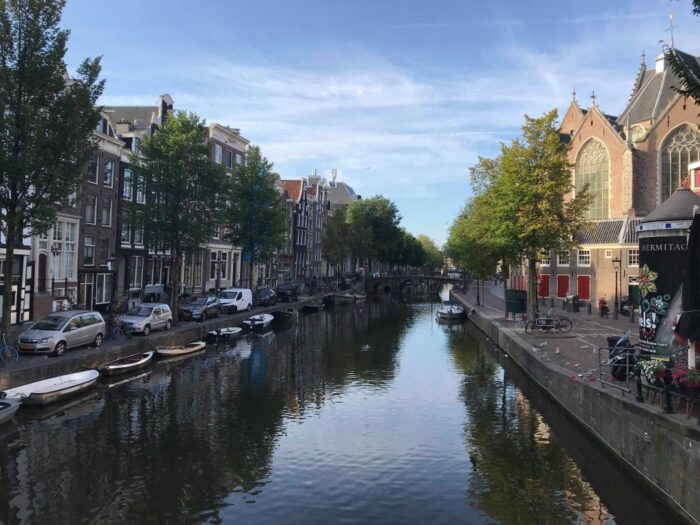
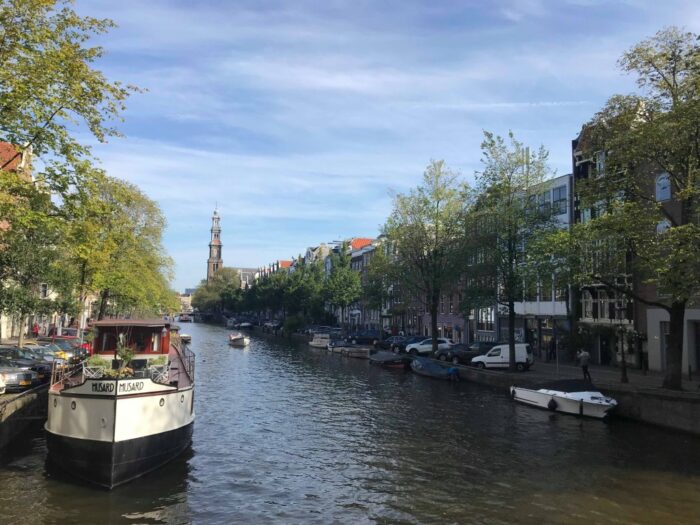
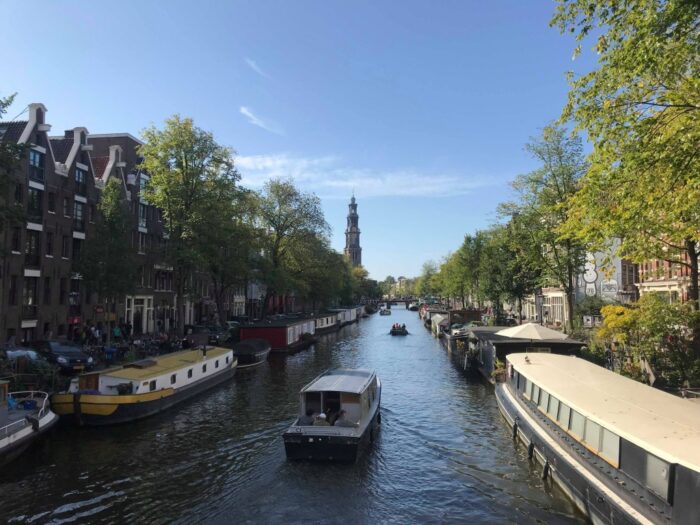

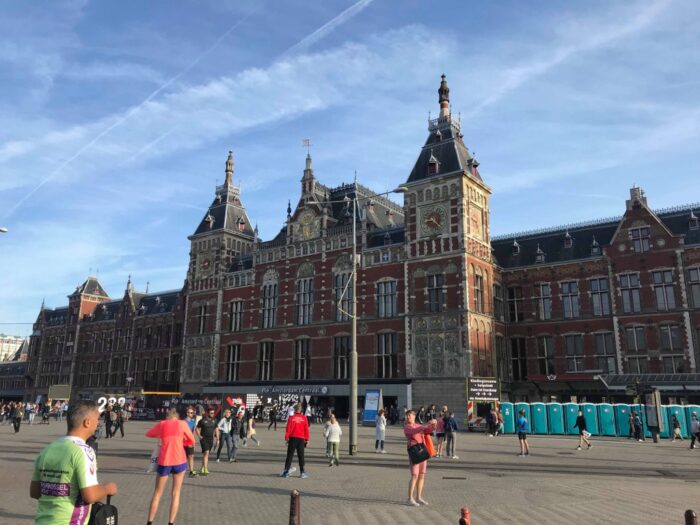
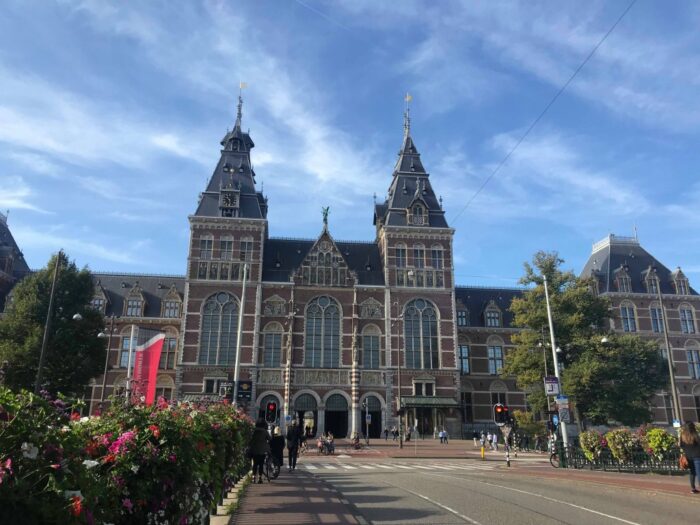

A Short History of Amsterdam
Amsterdam has a long and prosperous history. The initial settlement grew at the mouth of the river Amstel. The focus of the new settlement was production and trade, while farming was not a priority. The first dam on the river Amstel is believed to have been built in the second half of the 13th century. A few decades later the name of the settlement had changed to something recognizable today.
Trading Center
Amsterdam became an important trade center already in the 15th century. Trade routes across the Baltic Sea had been established, initially with the Hanseatic League as one of the main trading partners. Important trade goods were grain and timber, but it was the herring fisheries that sped up the development of trade in Amsterdam. Dutch fishermen gained an advantage in herring fishing, due to more advanced equipment and techniques.
Dutch Independence
The Dutch Republic gained independence from the Spanish-controlled Habsburg provinces in 1579. This would be the start of increased prosperity for Amsterdam. No, it didn’t become the capital of the new republic. It did, however, stay as an important trading hub. Trade flourished and ships arrived in Amsterdam from all over the world. Amsterdam became the home of the Dutch East India Company as well as the Dutch West India Company. The first of these companies opened the world’s first stock exchange in Amsterdam in 1602. Amsterdam had by then become one of the leading financial centers in the world.
Amsterdam Becomes the Capital
It would, however, take until 1808 before Amsterdam gained the status as a capital. This was the time of the Kingdom of Holland, at the time a part of Napoleon Bonaparte’s conquests. It would only take 2 years until the new kingdom was incorporated into the French Empire and the city lost its status. Amsterdam has afterward been recognized as the capital of the Netherlands since 1814. The government of the Netherlands has, however, mostly been seated in The Hague. It is the Consitution of the Netherlands from 1815 that recognizes Amsterdam as the capital.
The 20th Century
The First World War might have brought with it shortages in the city. The Netherlands stayed neutral, a choice they were not given a few decades later when Nazi Germany invaded the country in 1940. It is estimated that 60.000 Jews from the city were deported to the concentration camps. One of these deportees was the girl Anne Frank. She died at the Bergen-Belsen concentration camp but later became famous for her diary. It would take until 1945 before Canadian forces liberated the city.
The city changed a lot after the war, with new neighborhoods being built and even the city center was affected. Demolition of whole neighborhoods also took place to make room for not only the metro but also new wide roads for cars. These modernizations of the city were finally stopped in 1975 with the Nieuwmarkt Riots. The city has since become famous for its narrow small streets for cyclists and pedestrians rather than cars.
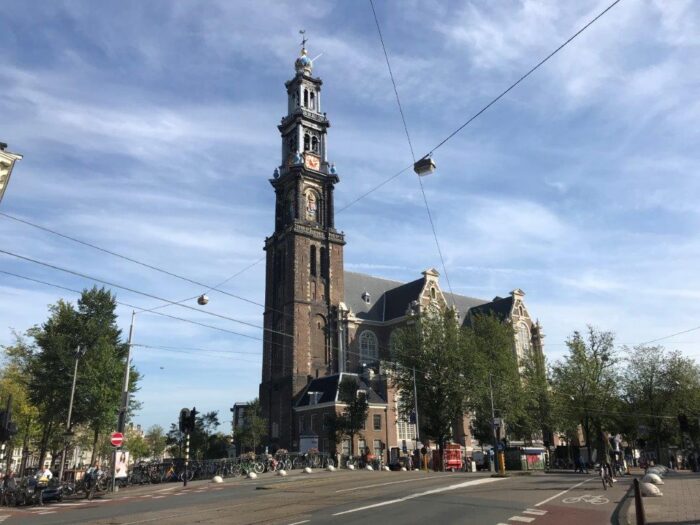





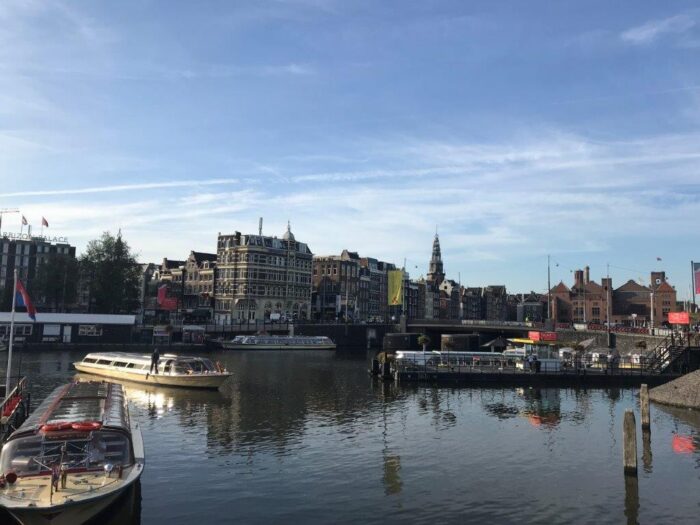


Things to Do and See
Amsterdam is so much more than only the large major sights. Walking along the many canals, along the narrow streets, and enjoying the atmosphere itself. This is a popular tourist destination for more reasons than drugs and prostitution. It is a city with many historical buildings, scenic city landscapes, and plenty of urban life. Either way, let us have a look at some of the main sights in the center of Amsterdam.
Amsterdam Centraal Station
The Amsterdam Centraal Station is in itself an impressive sight. It is the main train station in the city and has both domestic and international connections. The building was first opened in 1889 and stands in front of the square Stationsplein. Across the square is the Open Havenfront, a waterfront with a quay for tourist boats and storage for around 7.000 bikes.
Royal Palace of Amsterdam
The Royal Palace of Amsterdam dates back to the 17th century and is one of three palaces in the country that is disposable for the Dutch Royal Family. The building was originally the city hall but was converted to a royal palace in the early years of the 19th century. The palace is located in front of the Dam Square. At the square is the National Monument, a memorial of the casualties of the Second World War. Here you will also find the large De Nieuwe Kerk, or the “New Church”. This new church dates back to the 14th century and was completed in 1408.
Oude Kerk
The Oude Kerk, or the “Old Church”, can also be found along the narrow streets of central Amsterdam. The church was completed in 1306. It lies in the district of De Wallen, the main red-light district of Amsterdam. The church lies at the square of Oudekerksplein. where the church literally has the red-light district as its neighbor.
Rijksmuseum
Rijksmuseum is the national museum of the Netherlands with a focus on art and history. It was founded in 1798 and the building was completed in 1885. The museum is renowned for its art collection of paintings from many notable Dutch artists such as Rembrandt. Rijksmuseum is located at the park Museumplein. This open green space is also home to the Van Gogh Museum, but also outdoor activities for the ones wanting to enjoy the sunshine.
Vondelpark
Vondelpark is the largest of the public parks in the city. It covers an area of 47 hectares and was opened in 1865. This is a large park with ponds and plenty of green space. This is one of the main outdoor recreational areas of the city and has designated space for several different outdoor activities.



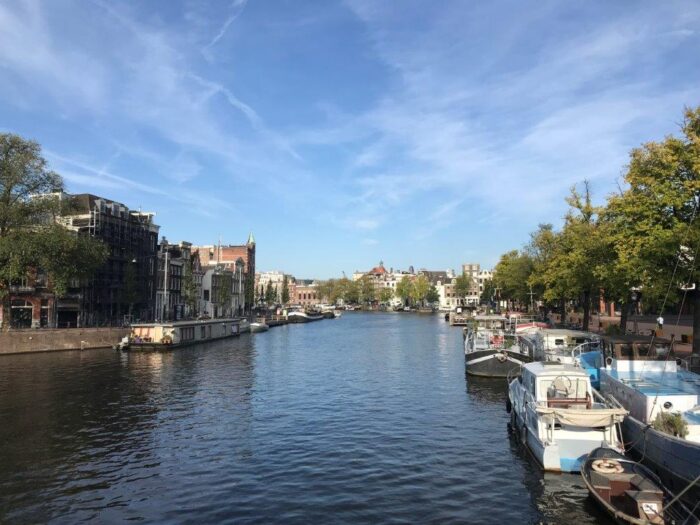
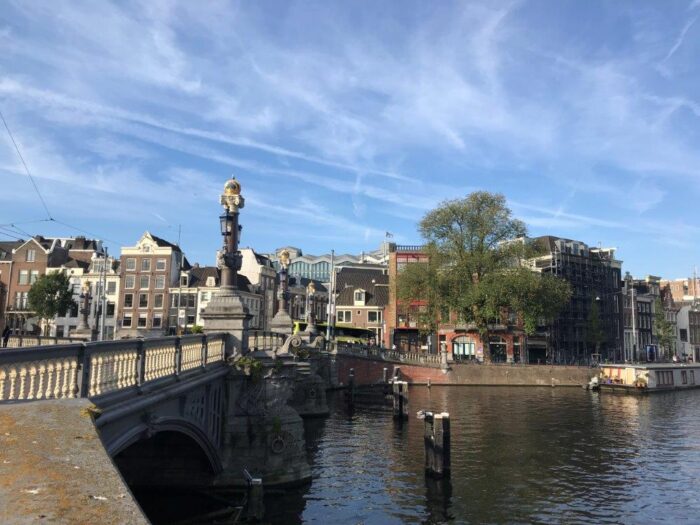



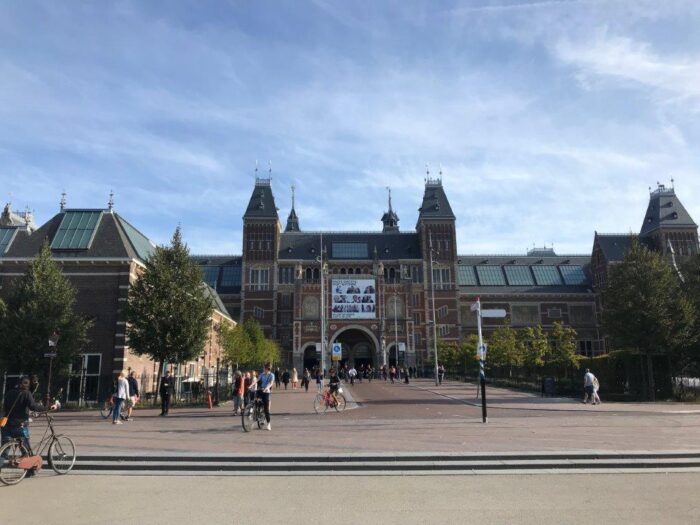


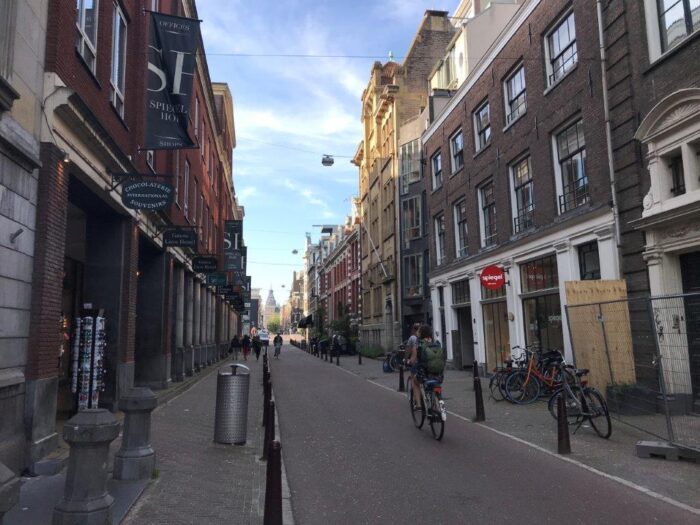
How to Get to Amsterdam
- Flights: Amsterdam Airport Schiphol (AMS) is the main airport for the country with international flights to and from a large part of the world.
- Car: Amsterdam is located at the intersection of several major roads in the western part of the Netherlands.
- Train: The central train station in Amsterdam has both domestic and international routes. Domestically there are trains to cities such as Den Haag, Eindhoven, Groningen, Maastricht, Rotterdam, and several more. International routes include Cologne, Dortmund, and Hannover in Germany and the Eurostar train to London to mention a few.
The driving distance from 4 major Dutch cities, according to Google Maps:
- Rotterdam – 78 kilometers (50 min)
- Eindhoven – 123 kilometers (1 h 15 min)
- Groningen – 181 kilometers (1 h 50 min)
- Maastricht – 210 kilometers (2 h 10 min)
Looking to Explore more of the Netherlands and Europe?

